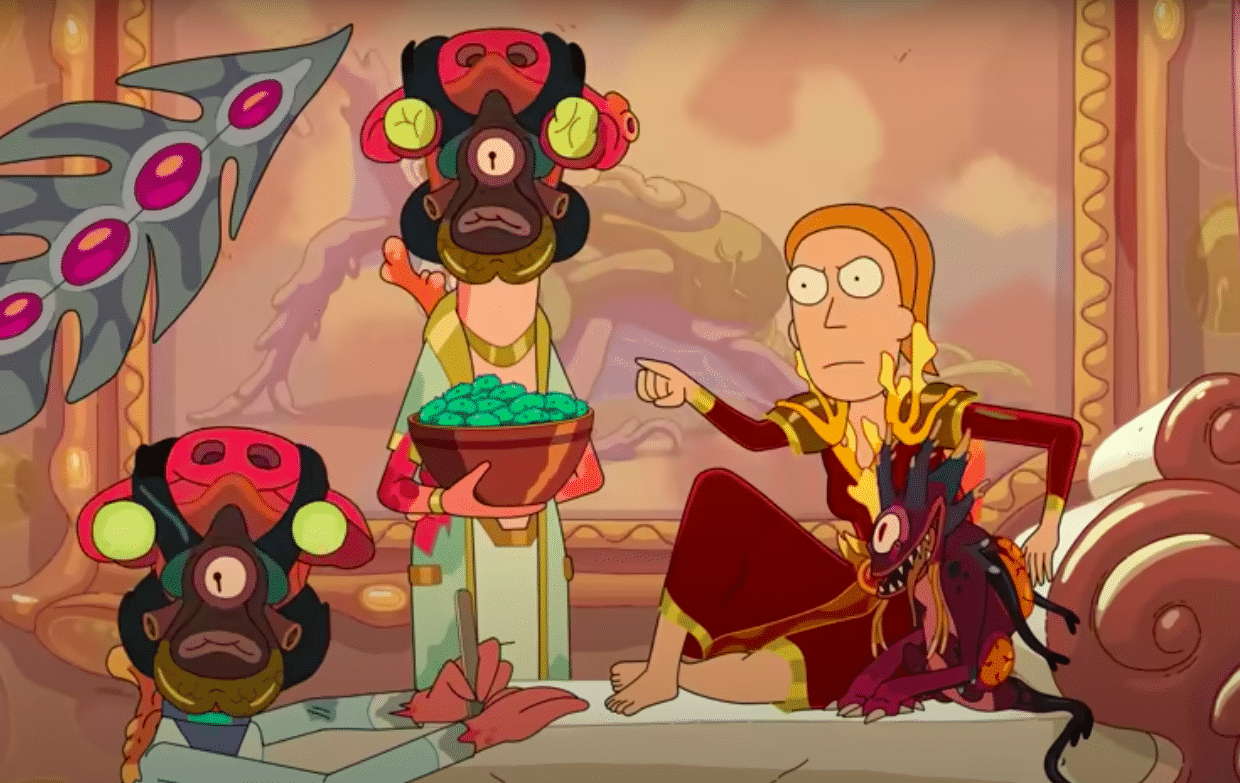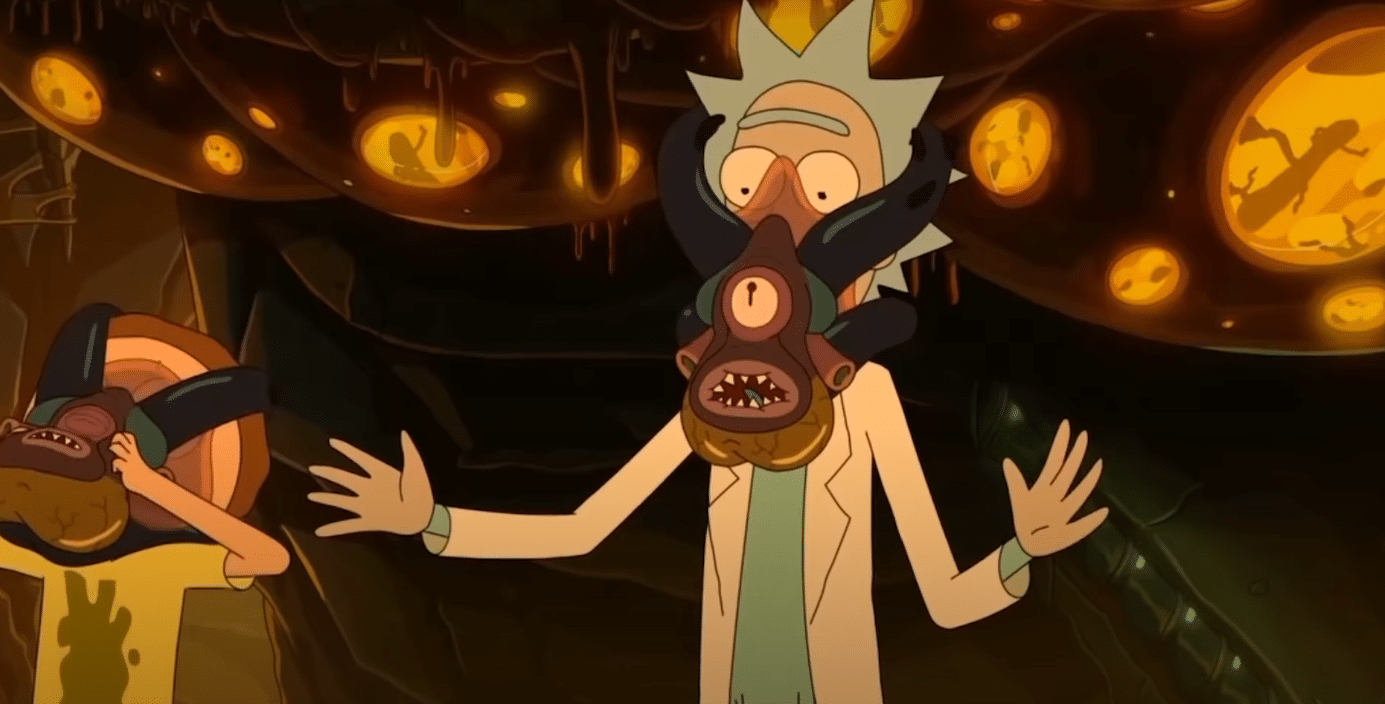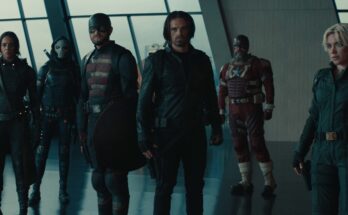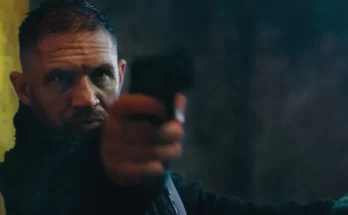Want to hear more from the actors and creators of your favorite shows and films? Subscribe to The Cinema Spot on YouTube for all of our upcoming interviews!
Managing editor & film and television critic with a Bachelor's of Arts in English Literature with a Writing Minor from the University of Guam. Currently in graduate school completing a Master's in English Literature.
Our famous animated scientist and his grandson trace space travel back to its roots.
The seventh episode of Rick and Morty‘s fourth season is titled “Promortyus;” it is directed by Bryan Newton and written by Jeff Loveness.
If you haven’t caught up with the show, do so now or read at your own peril. Some spoilers ahead!
This season of the series has gotten much more obscure and even more challenging to dig deeper into.
In this episode, we find the title characters Rick Sanchez and Morty Smith (both voiced by Justin Roiland) dealing with late 20th-century science fiction space travel icons. Throughout the episode, we find the duo in a peaceful society run by aliens wearing facemasks. This process of reproducing a race of extraterrestrials resembles the Ovomorphs and Facehuggers, an iconic symbol found in the Alien film franchise. In fact, the origin of the Xenomorphs is explored in Prometheus, where the episode title gets its name.
When Rick and Morty reject the parodied face-huggers, the latter realizes the people on the planet around them are just “cogs in the machine.” Morty also discusses creating an account for a website subscription, so the algorithm can better access his preferences, these two scenes at the beginning of the episode allude to Italian philosopher Maurizio Lazzarato’s theoretic text Signs and Machines, where the writer talks about individuated subjects and the capitalist mega-machine. The scientist and his young companion argue about this mega-machine, that we don’t pay attention to our “biological institutions” and instead focus on “progress and society and skyscrapers.”
Later in the former half of the episode, Rick and Morty then try to escape the planet, turning their space cruiser into a Millennium Falcon-like attack ship. To add to this Star Wars reference, they put the ship into hyperdrive and hit lightspeed, which kills local entities in the process. This course of action is politicized when Pearl Harbor and 9/11 are brought into the conversation. Upon return, Rick and Morty use a Japanese anime trope to get Summer Smith (Spencer Grammer) back home.
“Promortyus” seems to magnify what made the science-fiction space travel genre so unique, from the Western popular culture to the Eastern one. It ridicules Ridley Scott’s film series with a single object serving as a loophole, proving that perhaps there is a way out and that things aren’t so terrifying after all. In the end, Rick and Morty displays how populations birth monsters or something that is monstrous-like.
8/10
What do you think? Have you seen Rick and Morty yet? If not, do you plan to? Let us know! For more Rick and Morty & animation-related news and reviews follow The Cinema Spot on Twitter (@TheCinemaSpot) and Instagram (@thecinemaspot_).
Rick and Morty Season 4 is now out on Cartoon Network’s nighttime program Adult Swim!
Managing editor & film and television critic with a Bachelor's of Arts in English Literature with a Writing Minor from the University of Guam. Currently in graduate school completing a Master's in English Literature.







15 Comments on “‘Rick And Morty’ S04E07 Review – “Promortyus””